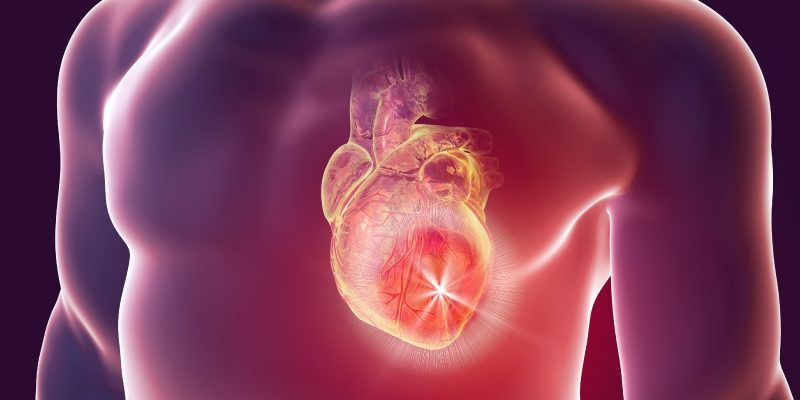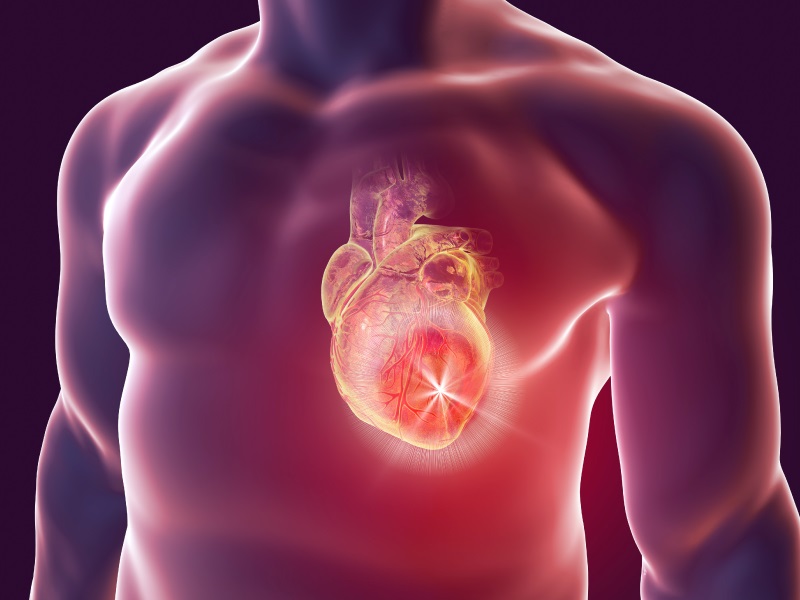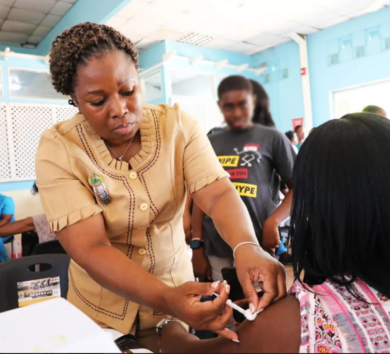

The spike protein on its surface that the coronavirus uses to break into heart muscle cells also triggers a damaging attack from the immune system, according to new research.
The SARS-CoV-2 spike protein interacts with other proteins in cardiac myocytes to cause inflammation, researchers said on Wednesday (July 27) in a presentation at the American Heart Association’s Basic Cardiovascular Sciences Scientific Sessions 2022. In experiments with mice hearts, comparing the effects of SARS-CoV2 spike proteins and spike proteins from a different, relatively harmless coronavirus, the researchers found that only the SARS-CoV-2 spike protein caused heart dysfunction, enlargement, and inflammation.
Further, they found, in infected heart muscle cells only the SARS-CoV-2 spike interacted with so-called TLR4 proteins (Toll-like receptor-4) that recognise invaders and trigger inflammatory responses. In a deceased patient with COVID-19 inflammation, the researchers found the SARS-CoV-2 spike protein and TLR4 protein in both heart muscle cells and other cell types. Both were absent in a biopsy of a healthy human heart.
“We provided direct evidence that spike protein is toxic to the heart muscle cells and narrowed down the underlying mechanism as spike protein directly inflames the heart muscle cells.”
Zhiqiang Lin of the Masonic Medical Research Institute in Utica, New York
“That means once the heart is infected with SARS-CoV-2, it will activate the TLR4 signaling,” Zhiqiang Lin of the Masonic Medical Research Institute in Utica, New York said in a statement.
“We provided direct evidence that spike protein is toxic to the heart muscle cells and narrowed down the underlying mechanism as spike protein directly inflames the heart muscle cells,” he told Reuters.
“More work is being done in my lab to test whether and how spike protein kills heart muscle cells.”







Comments